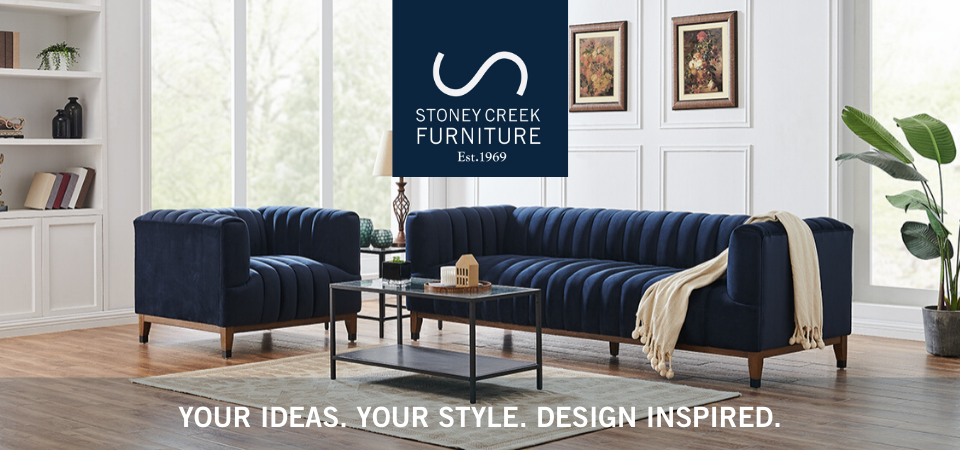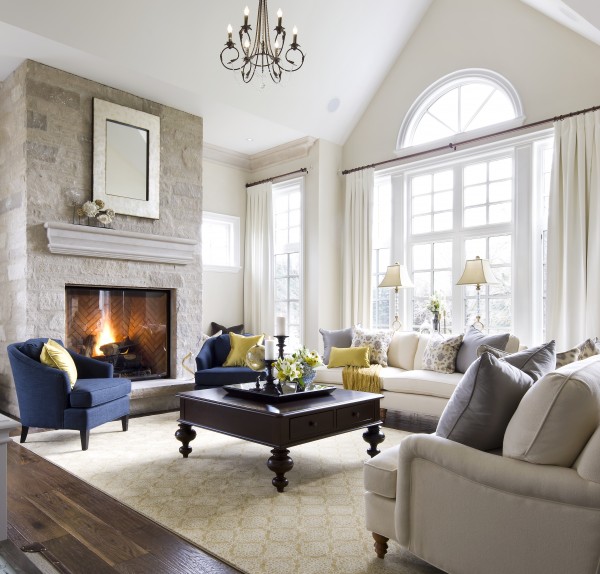You’ve decided to paint – maybe just one room or perhaps your whole house. Choosing colours is fun, but not always easy. We’ve all had the experience of selecting a colour at the store only to find it looks TOTALLY different on the walls at home. How can you prevent this? Turns out, it’s all about light. Once you know more about the natural light in your home, you can get the effect you want without trial and error. Let me explain…
Southern Exposure. If the room you’re painting has a southern exposure, the effect is warming. So you can expect a yellow influence on colours. That means that whether you choose a warm or cool paint colour, the colour will look brighter, more vibrant and more ‘sunshiny’ on your walls. One advantage is that southern exposure is the same throughout the day; the warming effect will be consistent throughout daylight hours. Choose mid-range colours that can handle the brightening effect. Avoid anything that is already dynamic.
Northern Exposure. As you might expect, the effect on paint in rooms with a northern exposure is cooling – and as with southern exposures, it is consistent all day. There will be a blue hue cast on everything. This works beautifully if your palette is blue-toned – i.e. blue, purple, deep red, green. If you’re thinking gray or pastels though, the colour will look drab and dull. Opt for warm or cool colours in the blue or extended blue family. Go a little brighter and richer.
Eastern Exposure. With an eastern exposure, the lighting effect changes throughout the day. In the morning when the sun rises, you will get warm but low, yellow light. As the day progresses it will cool off again, casting blue light. Keep in mind what time of day you’re typically in the room when choosing colours and stay away from extremes – no pale colours or bright brights.
Western Exposure. In the morning you will get cool, blue light and later, yellow-toned light. But unlike pure morning yellow, the setting sun creates ‘hotter’ orange hues. Again, think about when you most use the room, but definitely avoid brights as the orange glow will make them too dazzling.
Beyond Paint. The natural light in your room also affects the impact of other elements like fabrics and furniture. For example, if your room has a northern exposure, metal furniture may look especially ‘cold’; warm woods may be more appealing. If you have a southern exposure, perhaps choose light woods rather than dark to keep the space open. The same is true of draperies and upholstery. A southern or western exposed room may look lovely with sheer cotton panels and a pastel-hued sofa, but an eastern or northern exposure needs more richness, depth and colour to make it cozy.
Artificial Lighting. Of course, you can affect colour perception with your lighting choices. Incandescent and halogen lights convey reds, oranges and yellows while fluorescent bulbs and energy efficient bulbs tend to cast cool blue light. Even with artificial lighting, it’s always best to base your choices on natural light as that’s your primary source of light, unless the room is used most often in the evenings.
Enjoy the beauty colour brings to your home! Follow the guidelines above and always paint a small area before you commit to a whole room. Observe the colour throughout the day to see how it may change. Many stores sell small sample cans to make it easy and affordable to try before you buy.


Ya very true. Light and color combination of a room is very much important to have a good looking room. How expensive the furniture or other things in the room may be, the light and color will hold the key.